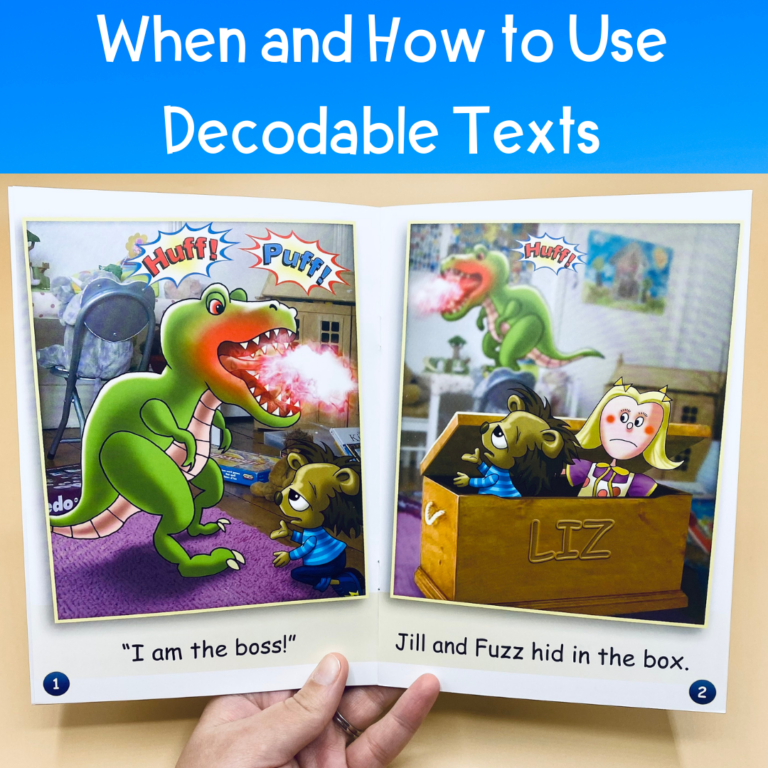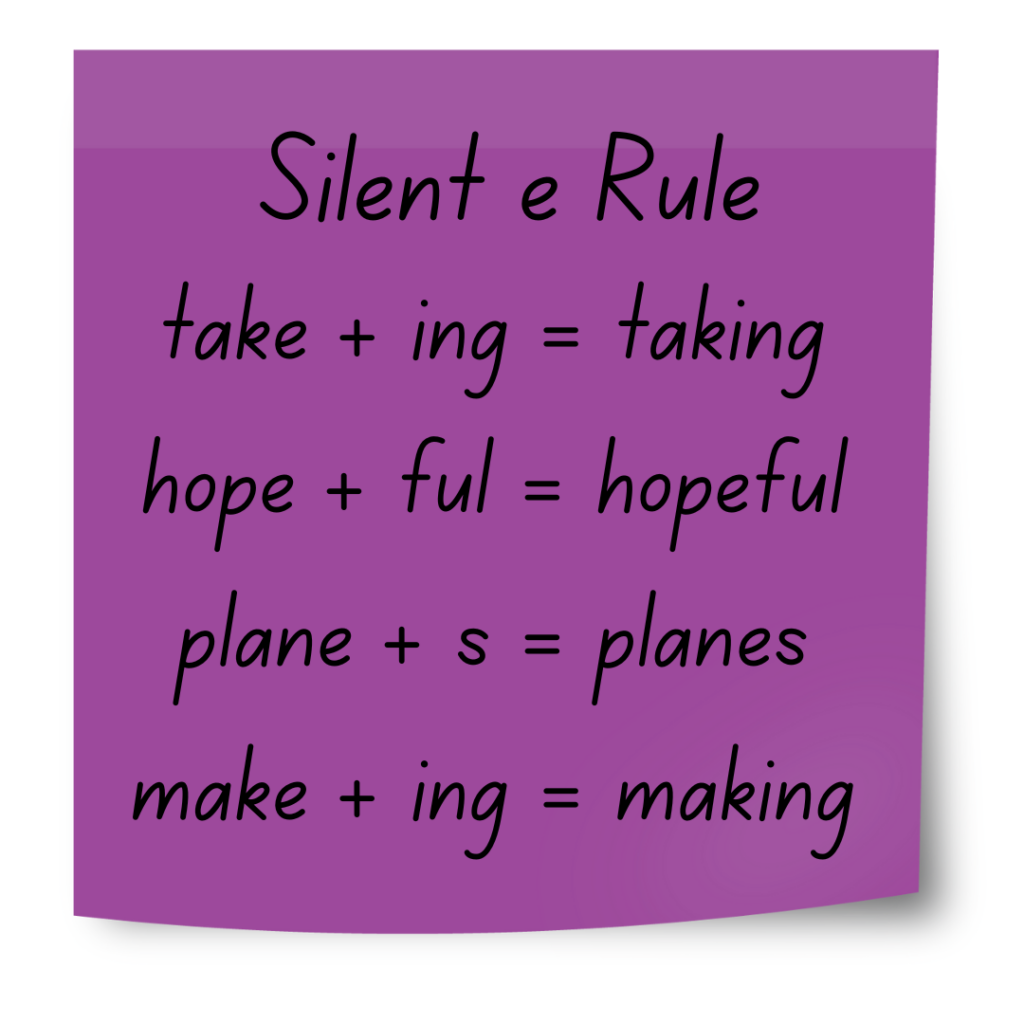
Share This:
Have you heard of The 3 Great Spelling Rules?
Picture this: A student is writing a paper, and they spell “I tryed to stay up late but I fell asleep.” What do you say to correct?
Do you tell him that the y changes to an i? Are you able to explain why that happens?
Three years ago, I had no idea there was an actual rule to share with students about changing a y to an i. I just told them to change it and we moved on with our lives. Spoiler alert: Their spelling didn’t improve this way.
But now I know that try + ed become tried because of the Y Rule for Spelling. The Y Rule for Spelling is just one of the 3 Great Spelling Rules. Today, I want to share all of them with you, so that you are equipped to help your students as they begin spelling multisyllabic words.
The 3 Great Spelling Rules are three rules that help children understand changes to base words when adding a suffix.
If you are wondering when to start introducing these rules, there’s not a perfect answer. I begin to introduce them after children have learned a few suffixes. For example, if you have taught -ing and -ed, you can very easily teach the CVC doubling rule to students. Last year, my 2nd grade intervention students learned the CVC doubling rule and the Silent e rule. My 3rd grade intervention group learned all three rules.
One important thing to remember is that there will not be mastery in the beginning. You don’t have to stay on this rule until every child has it mastered. Instead, keep reviewing. Every week, incorporate dictation (click to learn a little more) to give students practice in the rules you’ve taught. If you want to know how I review with my students, I have free webinars I’ve created for reviewing in K-2 and 3-5.
To understand these rules, I talk about consonant suffixes and vowel suffixes. A consonant suffix is a suffix that begins with a consonant, like -ful, -less, -ly. A vowel suffix is a suffix that begins with a vowel, like -ing, -ed, and -en. Not sure where to start with morphology? Don’t worry, I’ve got you covered with this Morphology 101 blog post!
The CVC Doubling Rule states this: If a base words ends with a CVC (consonant, vowel, consonant), you double the final consonant before adding a vowel suffix.

stop + ing = stopping (double the final consonant)
stop + s = stops (no doubling because you are adding a consonant suffix)
think + ing = thinking (no doubling because the word does not end in a CVC)
The Silent e + Suffix rules states this: If you are adding a vowel suffix to a silent e word, drop the e. If you are adding a consonant suffix, you keep the e.

share + ing = sharing (drop the e)
starve + ed = starved (drop the e)
hope + ful = hopeful (do not drop the e because you are adding a consonant suffix)
The Y Rule for Spelling states the following: If you have a base word that ends in a consonant + y, change the y to an i before adding a suffix. If you have a base word that ends in a vowel + y, keep the y as it is.
The one exception with the y rule for spelling is for suffixes that begin with an i. If you are adding a suffix that begins with an -i (like -ing), you do not change the y.

try + ed = tried (consonant + y, change to i!)
play + ed = played (vowel + y, keep the y)
try + ing = trying (keep the y because you are adding a suffix with an i)
Some may think, “But I learned to spell just fine without learning those rules” and that is true. There are some people who naturally acquire specific spelling patterns just from wide reading. But there are many, many students who need explicit instruction in these rules if they are going to become successful spellers.
These rules are game changers. When we familiarize ourselves with the 3 Great Spelling Rules, we are better equipped to help ALL students master them as well.
Share This:

Savannah Campbell is a K-5 reading specialist. She has taught her entire 12-year teaching career at the school she went to as a child. She holds two master’s degrees in education from the College of William and Mary. Savannah is both Orton-Gillingham and LETRS trained. Her greatest hope in life is to allow all children to live the life they want by helping them to become literate individuals.

Savannah Campbell is a K-5 reading specialist. She has taught her entire 12-year teaching career at the school she went to as a child. She holds two master’s degrees in education from the College of William and Mary. Savannah is both Orton-Gillingham and LETRS trained. Her greatest hope in life is to allow all children to live the life they want by helping them to become literate individuals.
Feeling overwhelmed with all the terminology out there? Want to know the key terms all teachers need to teach phonics? In this FREE Rules of English cheat sheet, you get a 5 page pdf that takes you through the most important terms for understanding English—you’ll learn about digraphs, blends, syllable types, syllable divisions, and move. Grab today and take the stress out of your phonics prep!
